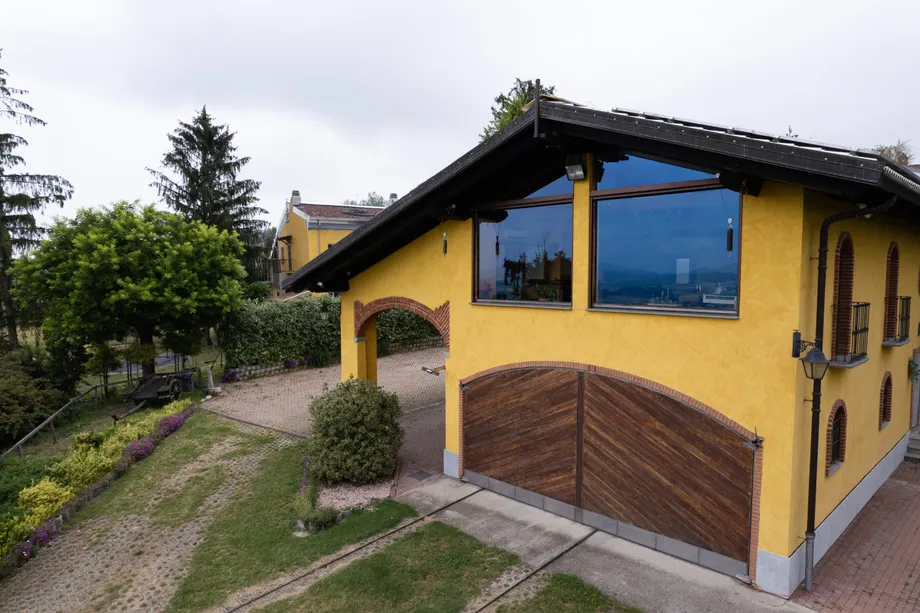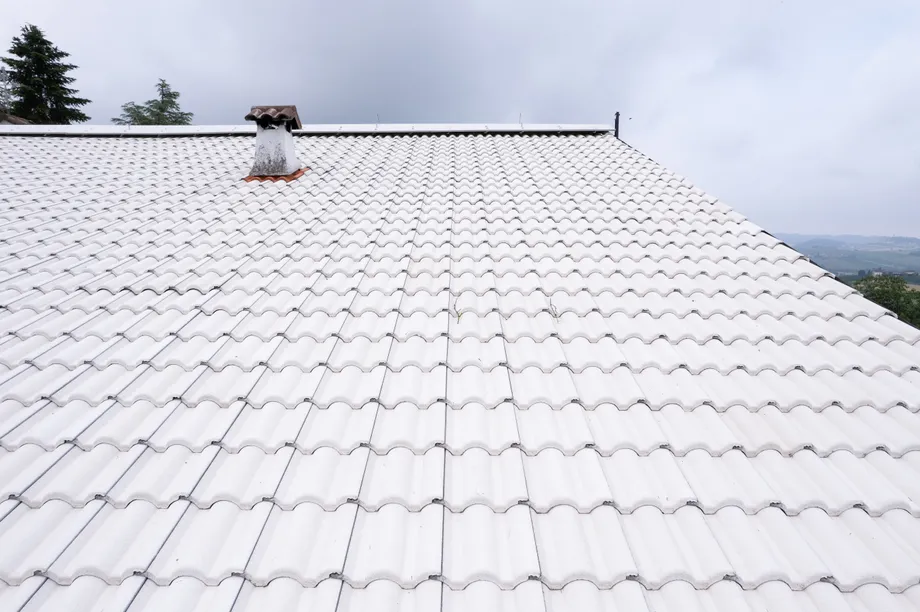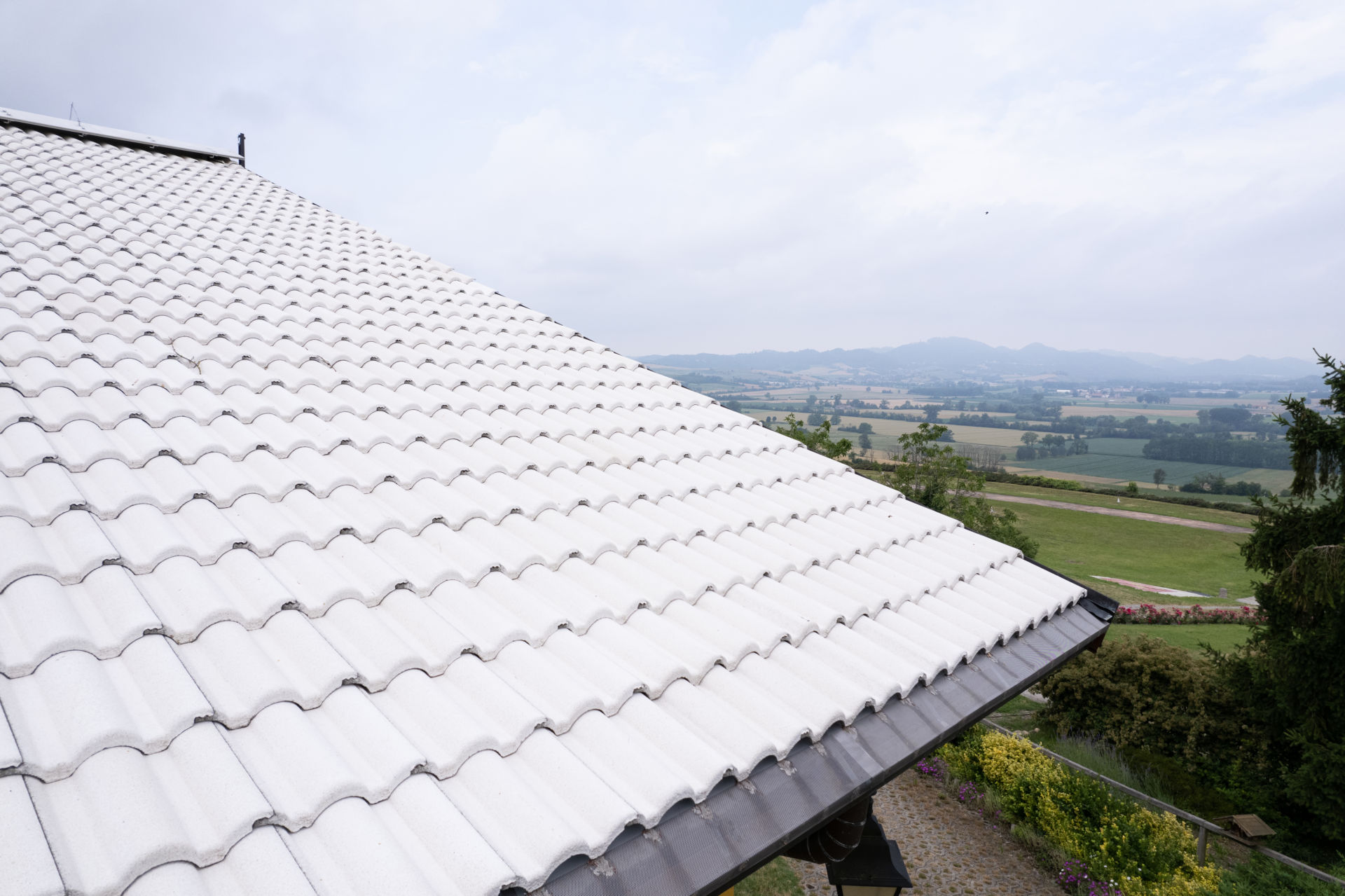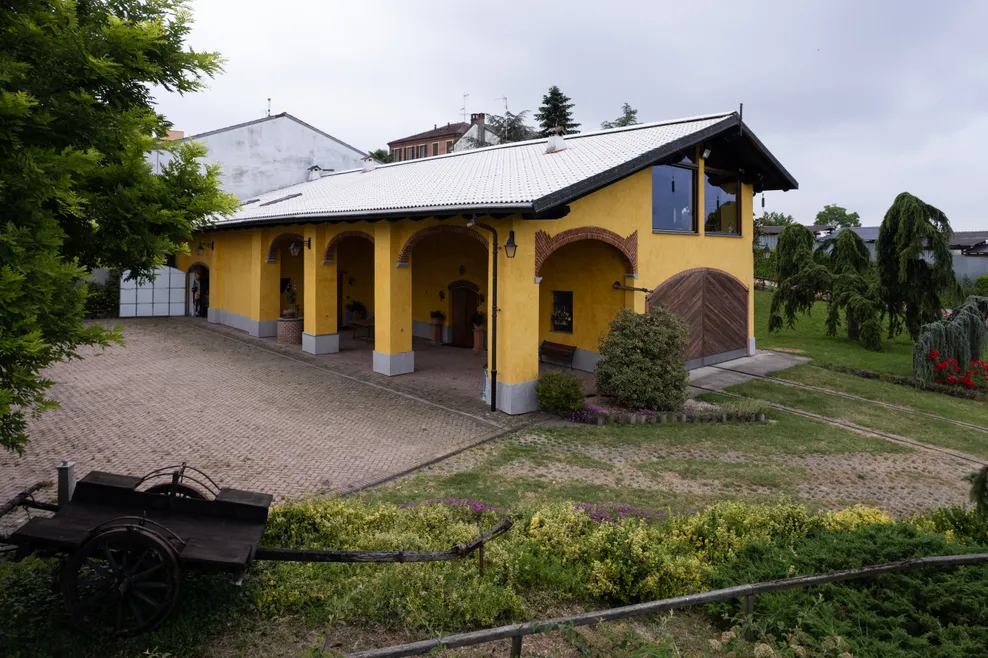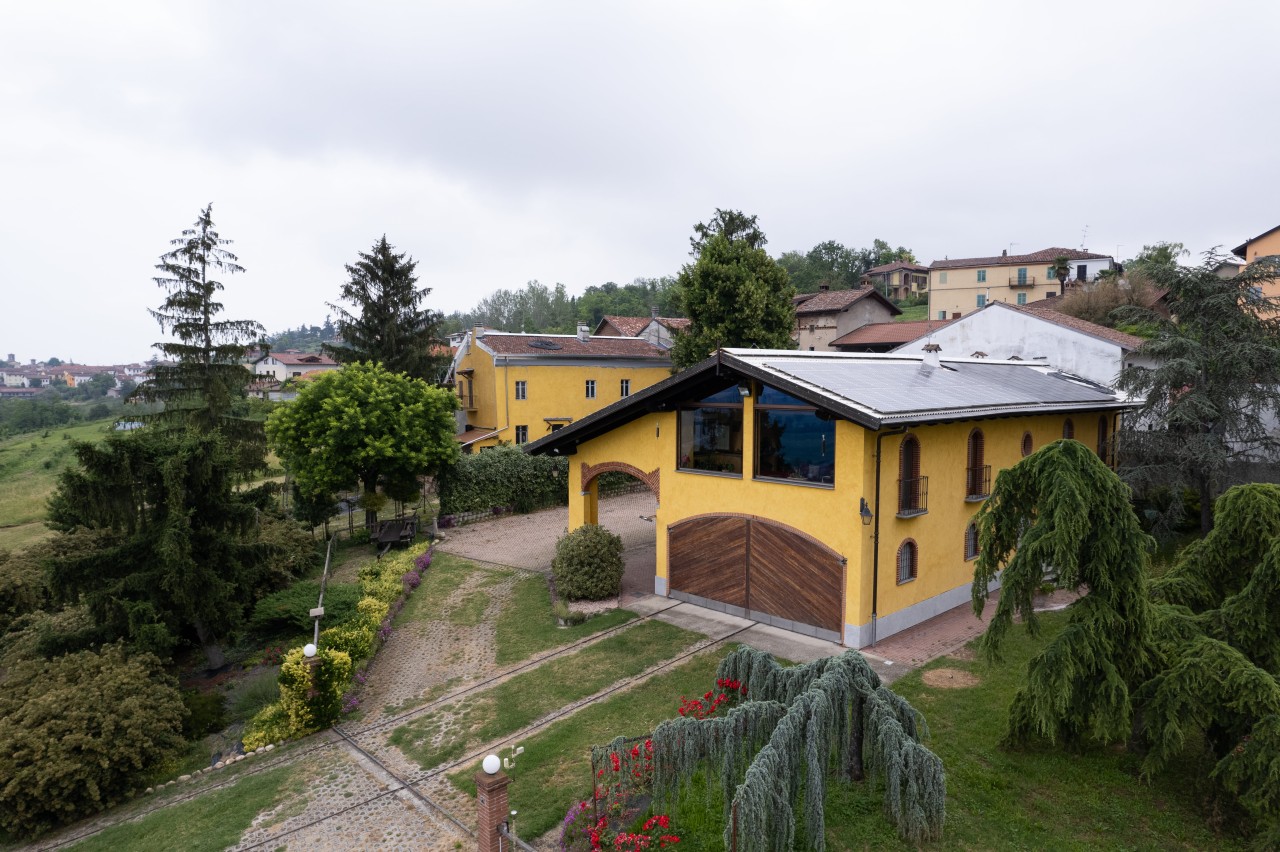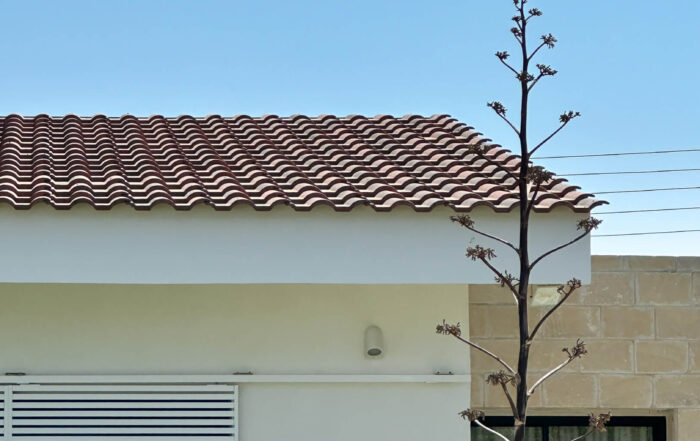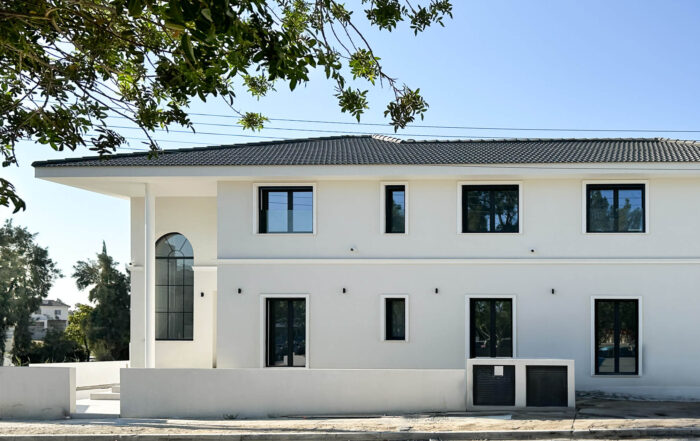The owner, a man with knowledge in physics, engineering and a deep respect for the environment, took on the task of restoring the old farmhouse, especially the roof, implementing energy-efficient solutions guided by ecological principles and the philosophy of reuse.
Initially, the old stable was converted into a garage, and the hayloft above it became the main residence. Large windows were installed to bring in light and views but they also brought with them a new challenge: heat. That was the moment the roof had to be reimagined.
The Roof Reborn
With imagination as a tool and two craftsmen as allies, the owner personally undertook the construction of the new roof. The old Coppo di Grecia WIERER tiles, still in excellent condition, were placed elsewhere in the house. The new construction was based on larix timber and 12cm of polyurethane ensuring top thermal insulation.
But the essence lay in further innovation: a dynamic natural ventilation system under the roof with uninterrupted flow from the roof edge to the specially designed ridge and of course the choice of WIERER’s Coppo di Francia Boiaccato Bianco white roof tiles .
Being white, these tiles feature a reflective surface that reduces heat absorption and re-emits it into the environment. In this way, they help improve the building’s energy efficiency and limit the overheating of the local microclimate.
In addition, they offer high resistance to frost, hail, and heavy loads. Their curved profile draws inspiration from Italian tradition, reinterpreted with a modern touch allowing these tiles to blend harmoniously into any architectural context, whether urban or rural.
Where Technology Meets Nature
In the end the house didn’t just gain a new roof, it gained a natural comfort system: cool in the summer, warm in the winter, and free from unnecessary energy waste. Above it, photovoltaic panels and a custom-built solar thermal system completed the picture.
A simple farmhouse, transformed through imagination and respect for the environment into a powerful example of how architecture, technology, and nature can work together beautifully, and with style.



